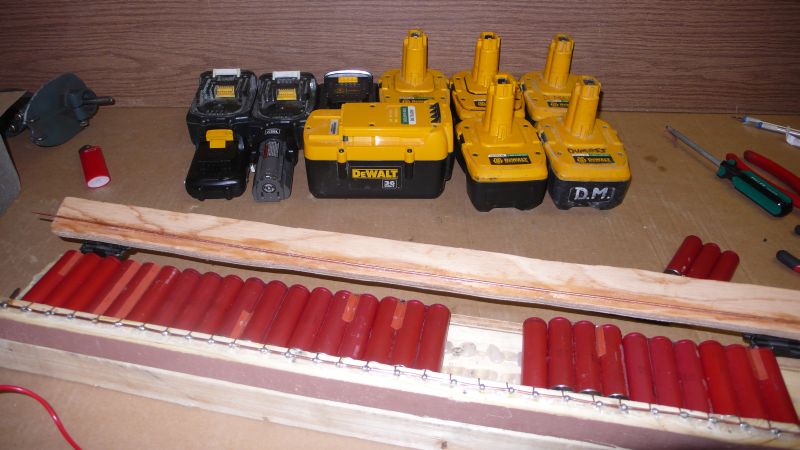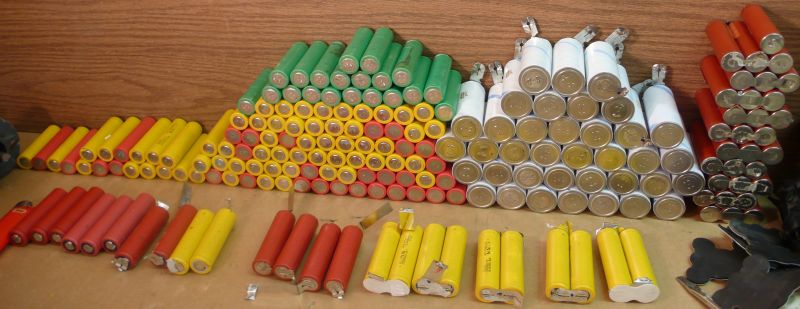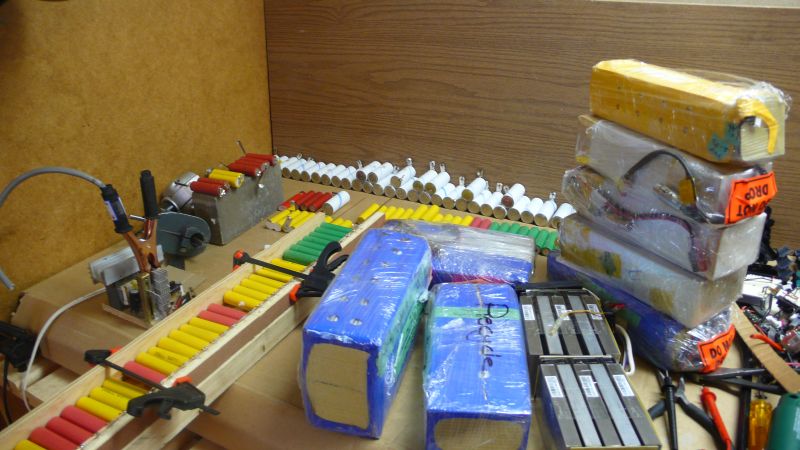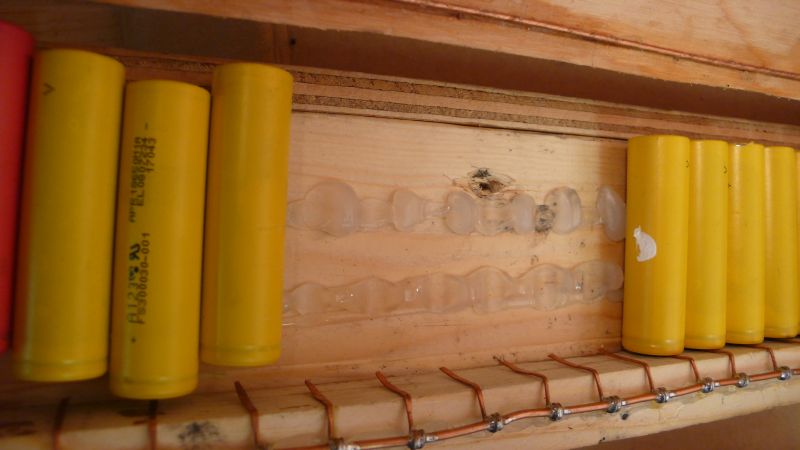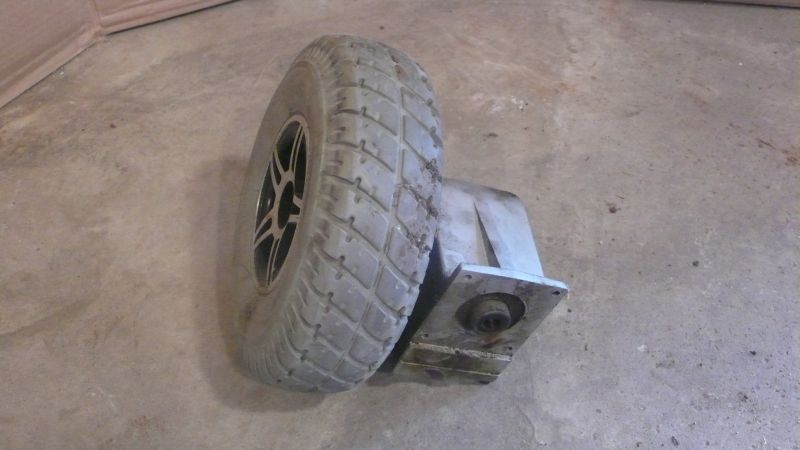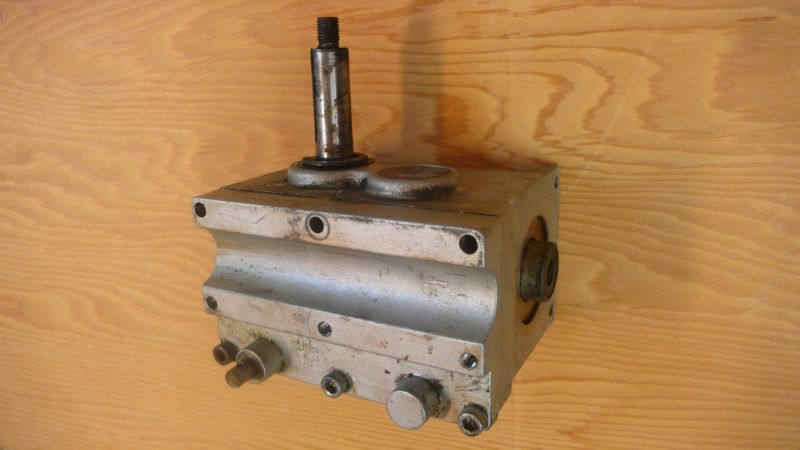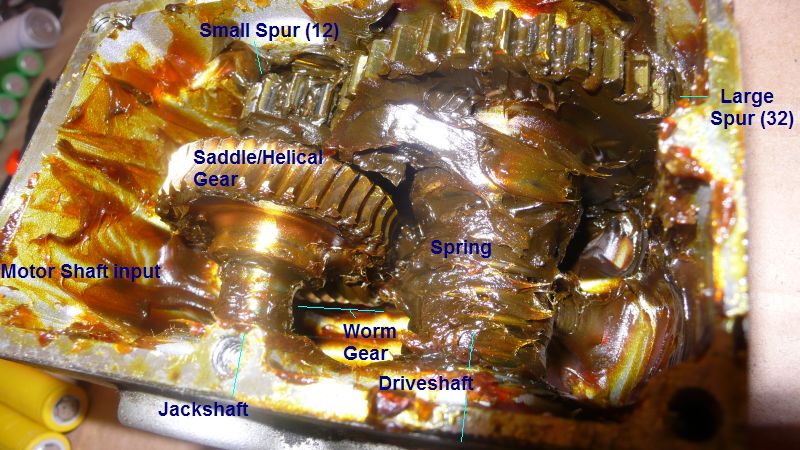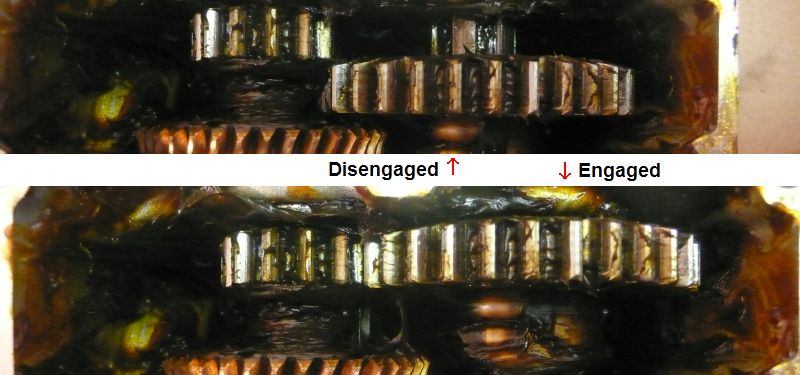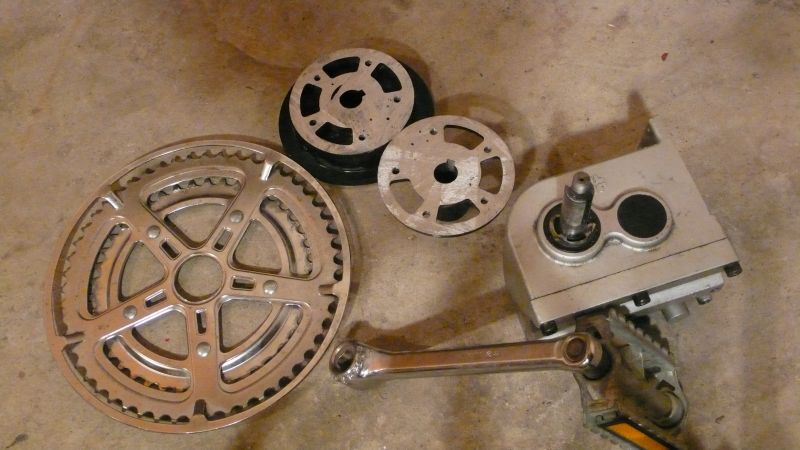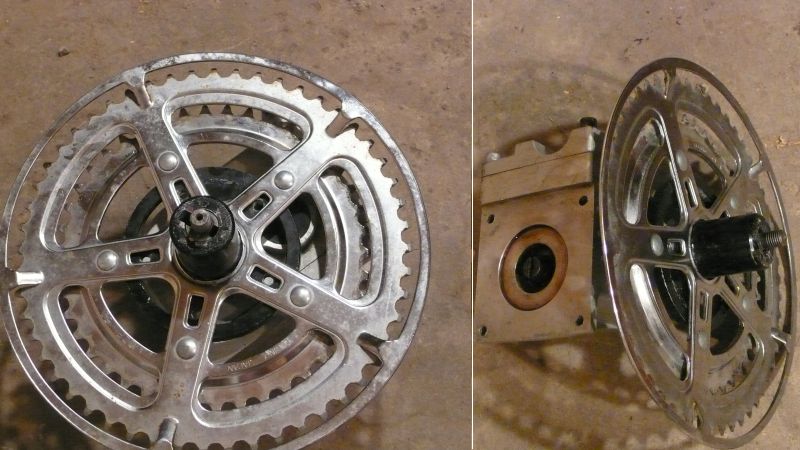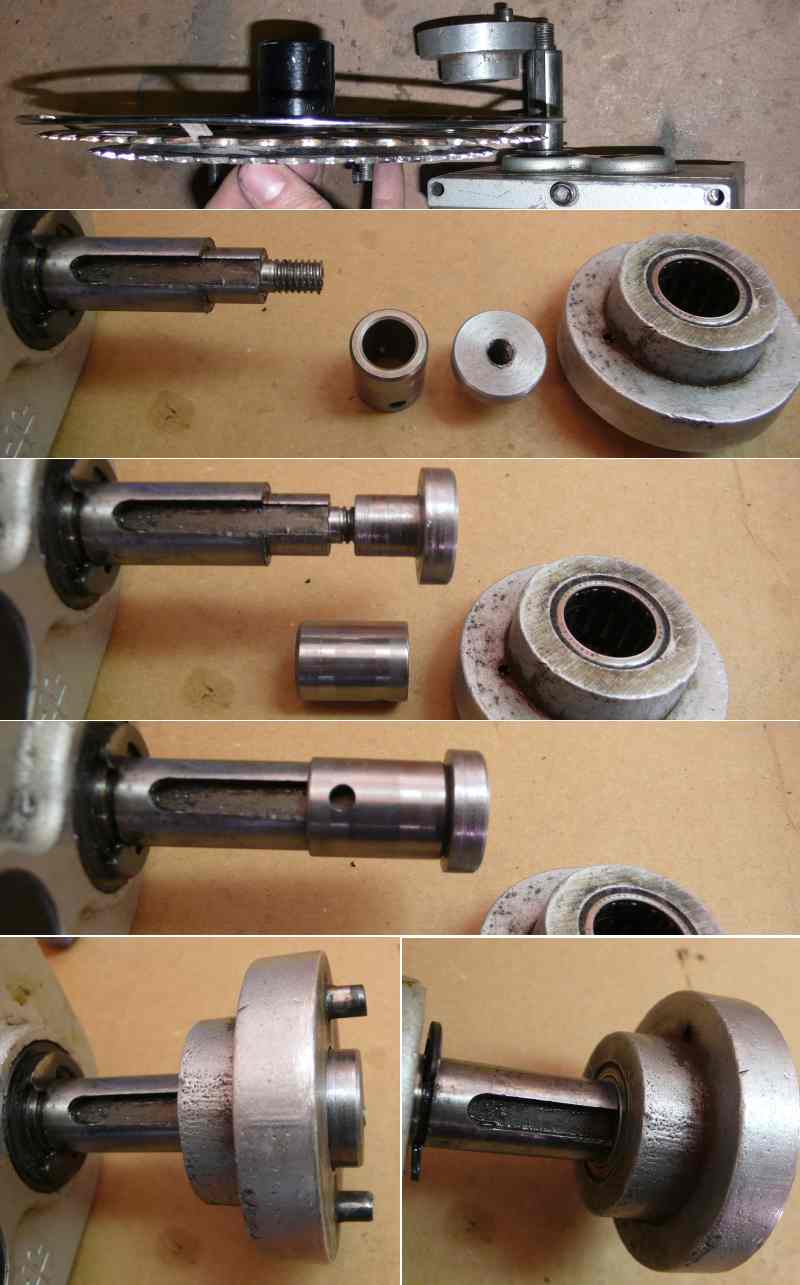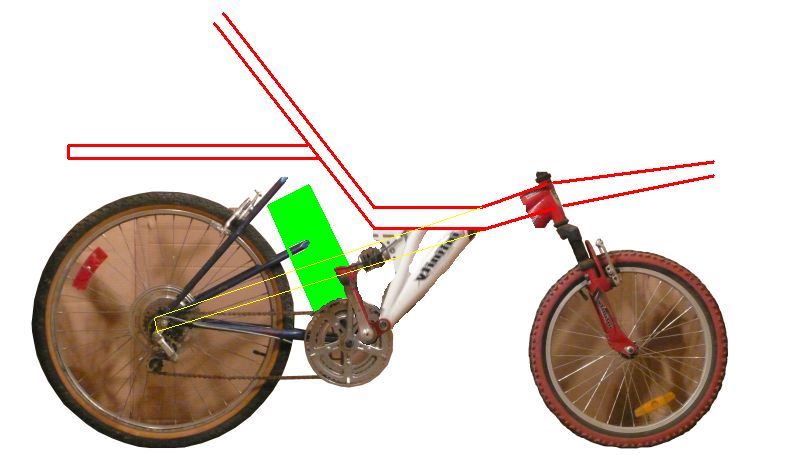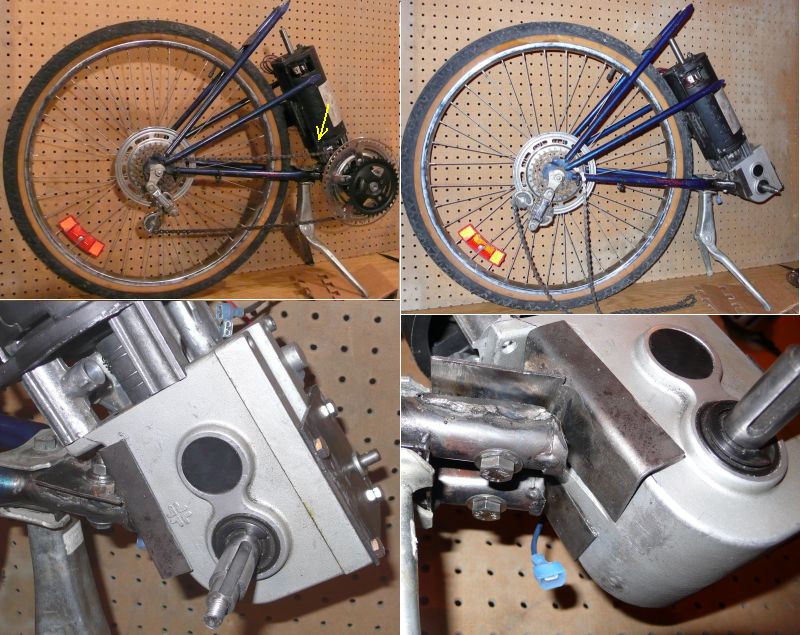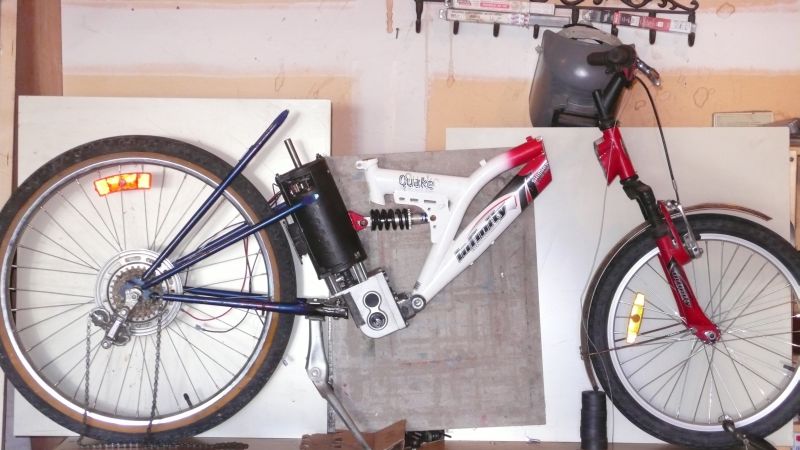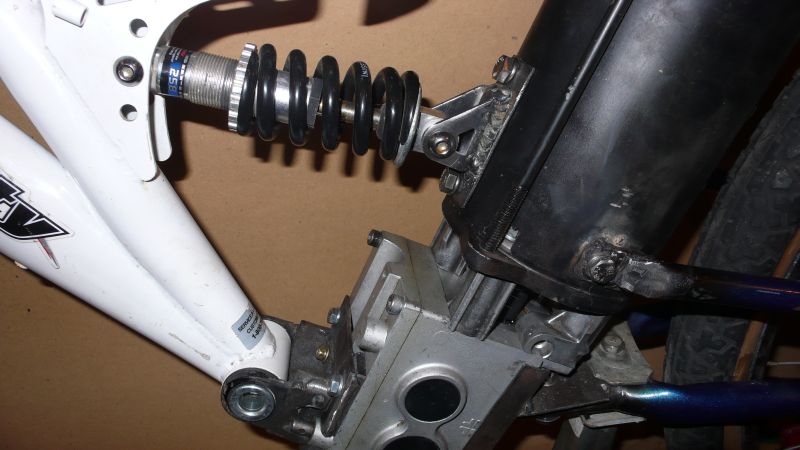MattsAwesomeStuff
10 W
- Joined
- Mar 25, 2012
- Messages
- 78
Progress:
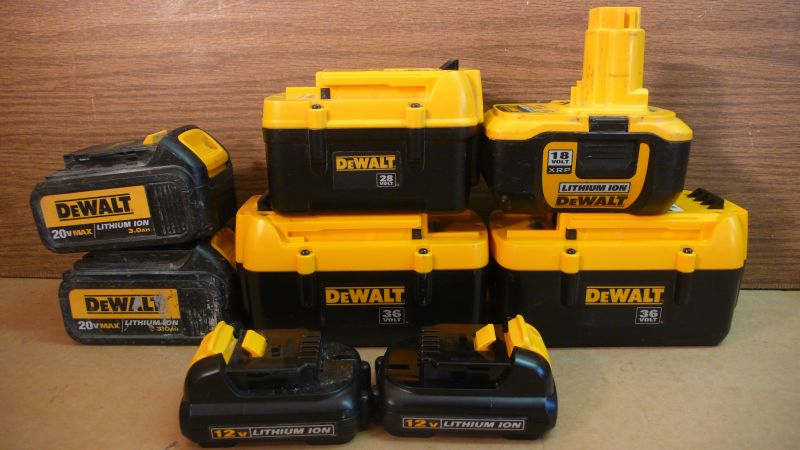
Out of each pack, 1 or 2 cells dead. 70% working just fine overall.
Then on an old powered golf caddy I found some freewheels, (the rusting things):
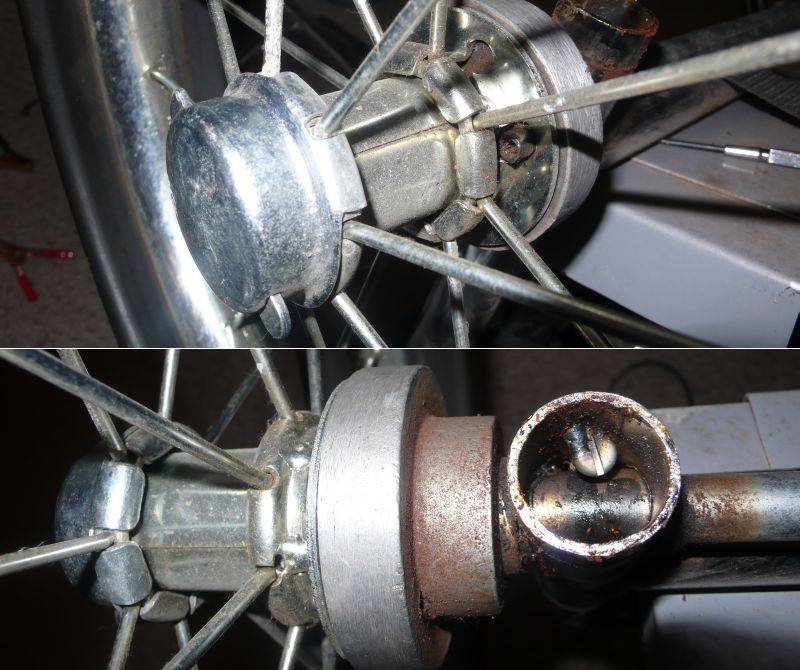
And pulled off they look like so:
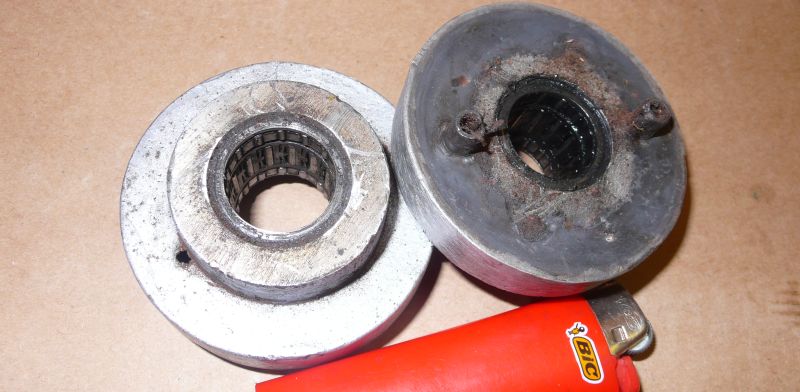
These are overrunning clutches, not pawl-type or ratcheting. Completely silent when coasting.
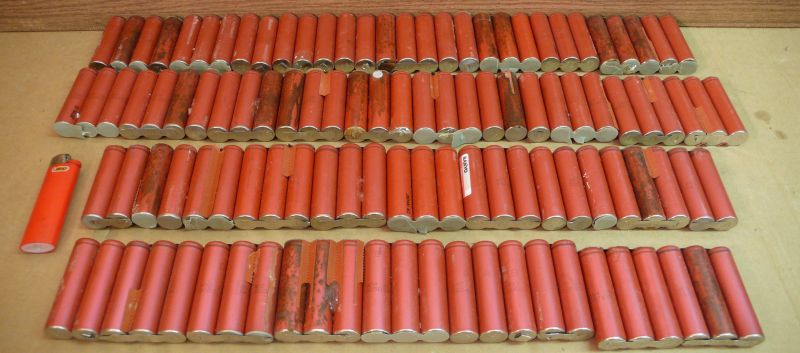
These were gifted to me, someone bought them off Ebay and ended up not using them. Not sure if LiCo or LiFe. I suspect LiCo.
A word of caution about Ebay buys of extracted batteries. Out of the box, 34 chargeable, 78 dead and gone. 30% success rate. (Compared to 70% from disassembling packs I rescued myself). These packs have clearly been picked through already, likely by the sellers, and the ones on top were, by far, the more often working ones than lower down. I suspect they threw in a few questionable ones and padded the bottom of the box with ones they knew were dead (visibly leaking electrolyte or chained to ones that were). So, buyer beware. You'd be better off buying packs not disassembled yet so you can be the lion rather than the jackal.
Batteries were all 3V+ or under 0.1V anyway, so that made Keep vs. Scrap easy.
For my gearbox I found possibly a better option. An acquaintance repairs powered wheelchairs and said I could have a dead motor/gearbox. They are 90 degree, and have geardown. He said I could have one with a working motor (24V) but I asked for one with a blown motor since I already have a motor.
Also made contacts with people at an EV shop who're looking to hook me up with some old stock, or things they don't want to repair.
Things are looking up.

Out of each pack, 1 or 2 cells dead. 70% working just fine overall.
Then on an old powered golf caddy I found some freewheels, (the rusting things):

And pulled off they look like so:

These are overrunning clutches, not pawl-type or ratcheting. Completely silent when coasting.

These were gifted to me, someone bought them off Ebay and ended up not using them. Not sure if LiCo or LiFe. I suspect LiCo.
A word of caution about Ebay buys of extracted batteries. Out of the box, 34 chargeable, 78 dead and gone. 30% success rate. (Compared to 70% from disassembling packs I rescued myself). These packs have clearly been picked through already, likely by the sellers, and the ones on top were, by far, the more often working ones than lower down. I suspect they threw in a few questionable ones and padded the bottom of the box with ones they knew were dead (visibly leaking electrolyte or chained to ones that were). So, buyer beware. You'd be better off buying packs not disassembled yet so you can be the lion rather than the jackal.
Batteries were all 3V+ or under 0.1V anyway, so that made Keep vs. Scrap easy.
For my gearbox I found possibly a better option. An acquaintance repairs powered wheelchairs and said I could have a dead motor/gearbox. They are 90 degree, and have geardown. He said I could have one with a working motor (24V) but I asked for one with a blown motor since I already have a motor.
Also made contacts with people at an EV shop who're looking to hook me up with some old stock, or things they don't want to repair.
Things are looking up.


